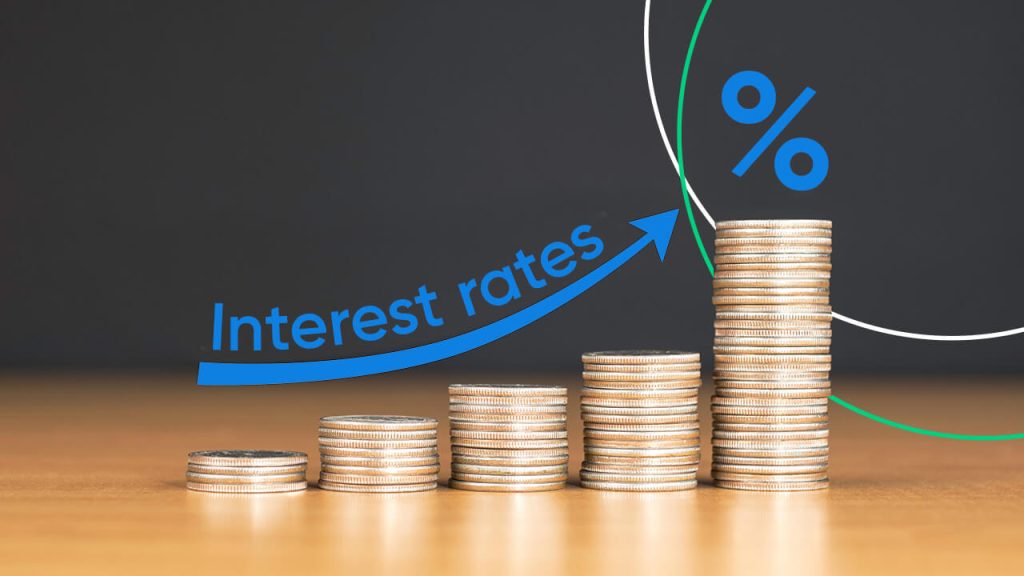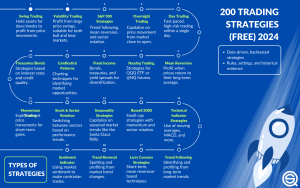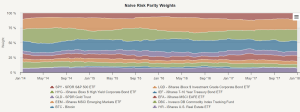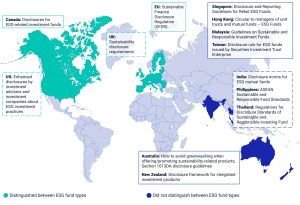The Impact of Interest Rates on Forex Trading
4 min read
Interest rates are one of the most important factors affecting forex trading. They influence the value of currencies, affect popular trading strategies like the carry trade, and create market volatility.
Traders are constantly monitoring actual and projected interest rates to make informed buying and selling decisions. They also watch for news that could impact interest rate expectations.
They Influence the Value of Currencies
Interest rates affect the demand for a country’s currency, influencing its price. When central banks raise interest rates, they encourage investors to invest in the country’s assets, which increases demand for its currency. In contrast, lower interest rates discourage investments in the national currency, causing it to decline in value.
Traders monitor the expectations for future interest rates, and act accordingly. Forecasts for future interest rates tend to be fairly accurate, but traders must take into account a variety of factors.
For example, the economy, political stability, and the state of a nation’s debt all influence market expectations about future interest rates. A surprise rate change can also have a big impact on the forex market, even though most traders anticipate changes in the near future and factor them into their trading strategies. However, unexpected changes can still surprise the markets and create large profits for those who act quickly. This is one of the reasons that traders closely monitor news releases and central bank announcements.
They Affect Trading Strategies
Interest rates are one of the most important factors that impact forex trading. They directly influence the supply and demand of currencies, which ultimately affects their exchange rate. Traders should keep an eye on central banks’ interest rate decisions as they can have big implications.
When central banks raise their interest rates, a country’s currency becomes more attractive to foreign investors, leading to an increase in its demand and value. On the other hand, when central banks lower their interest rates, they discourage foreign investment, which leads to a decrease in demand and depreciation of the country’s currency.
Interest rates also play a key role in carry trade strategies, which involve borrowing a currency with low interest rates and investing it in another with higher rates. This type of strategy can be highly profitable when it is executed properly. However, traders should be careful not to get caught off guard when central banks make surprise rate announcements. Thorough research and analysis can help them predict how the market will react to these changes.
They Create Market Volatility
Interest rate changes cause volatility in the market, which can present risks for traders. However, it can also provide opportunities for those who follow economic news and forecasts. For example, strong economic activity might indicate that a country’s central bank will leave rates alone. On the other hand, weakness measured by economic indicators may portend a rate cut to encourage borrowing.
The relative interest rate gap between currencies is the main driver of forex markets. Traders and investment banks use this gap as the basis of their currency pair selection.
Currencies that offer higher returns attract investors and increase in value. As a result, the demand for those currencies rises as well. Traders can profit from this trend by engaging in what is known as the carry trade. They do this by buying a currency with a high interest rate and selling one that offers a lower interest rate. The difference in interest rates between the two is their profit.
They Provide Opportunities for Speculators and Arbitrageurs
In many cases, traders can predict how interest rates will move by taking note of major announcements from the boards of major central banks. In particular, the Federal Reserve’s board is widely watched and often makes significant statements that impact the dollar.
When a central bank raises its interest rate, it encourages investors to invest in its currency, increasing demand and driving up the currency’s value. Conversely, when a central bank lowers its interest rate, it decreases the appeal of investing in its currency, leading to decreased demand and a depreciation in the currency’s value.
Speculative traders can use interest rate changes to create arbitrage opportunities. For example, if a country’s interest rate is higher than another’s, traders can borrow money in one country and invest it in the other to earn a risk-free profit from the difference in interest rates. This strategy is known as carry trade and can provide traders with a steady stream of profits if executed properly.







